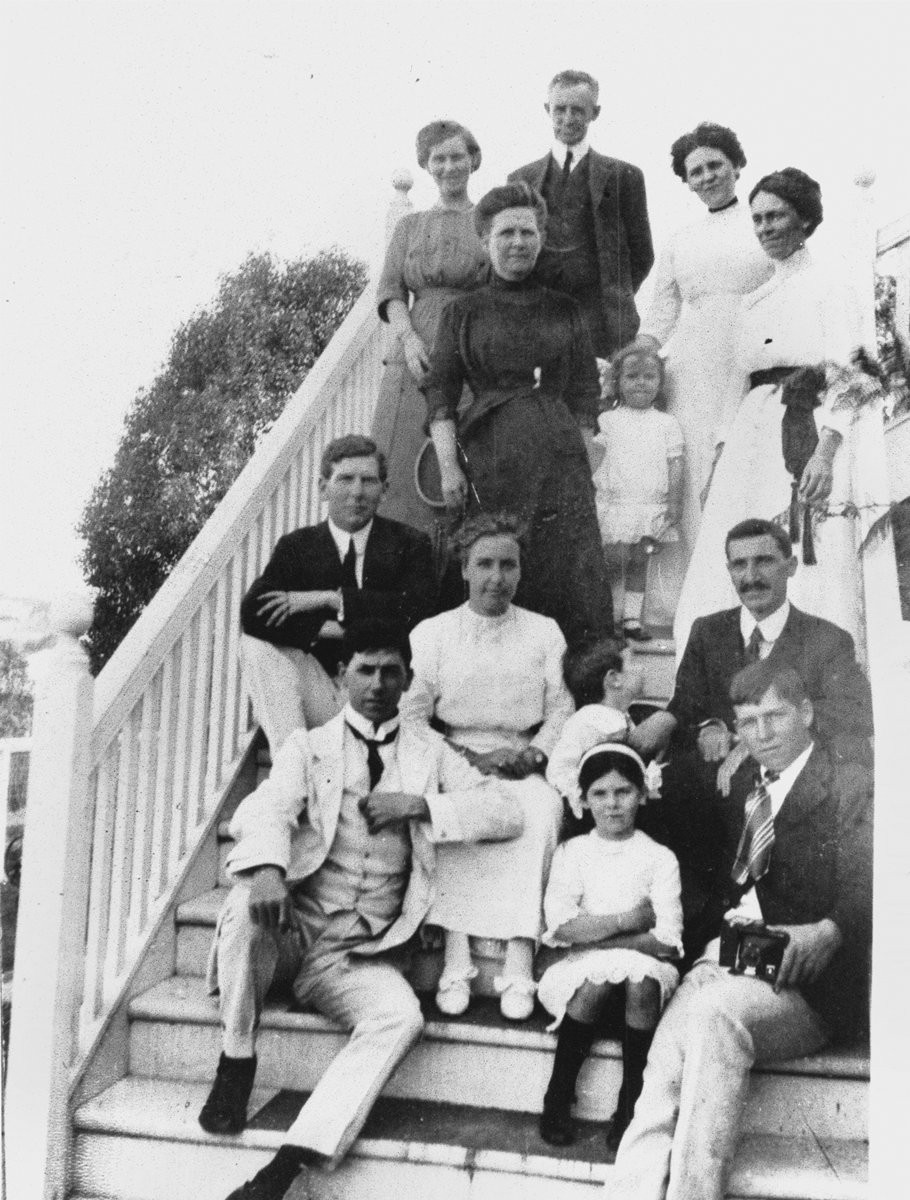August is National Family History Month. It's a great time to start exploring you family tree. Here are a few easy steps to get started:
Start with yourself & work backwards
Tempting as it may seem, it isn't advisable to find a famous person who shares your surname and see if you are related to them. Armed with a copy of your own birth certificate, draw up a family tree and begin searching backwards through birth, marriage and death records. You may have to purchase copies of historic birth, marriage and death certificates to be sure of names, places and dates. Information on the certificates varies with time periods and places, but they contain valuable information about your ancestors' names, places of birth and occupations. Search until you find your first Australian ancestor, and then look overseas.
Talk to the other members of your family to record an oral history
How often do you think “I wish I listened to Great Aunt Maud telling me about when she was a girl?” Now is the perfect opportunity to talk. Ask older family members about their parents, cousins and memories. You may prefer to have a structured list of questions to ask your relative, or a less formal chat may be easier. Recording the discussion, or making notes, leads to the next important step.
Keep accurate records including a budget to spend on those certificates
Yes, this may seem a bit boring when you could be finding exciting new things about family members, but you will realise the importance of recording your findings by using pedigree and descendent charts as you dig deeper. Trust me, family names and place names can become quite confusing across the generations. Keeping track of your budget – yes, you will need one – will save unexpected surprises in your bank balance.
Learn some history
Suddenly all those dates from primary school history lessons will make sense. Don’t worry, it isn't too late to re-learn them. Knowing that Queensland separated from New South Wales in 1859 ensures you check NSW records for early Brisbane occurrences; or that your ancestors may have migrated during the Gold Rushes in the 1850s or the Depression in the 1890s.
Visit your State Library or Genealogy Society
Ancestry (Library Edition) and FindMyPast are wonderful websites, but did you know that you can use them for free at your State Library? Databases such as these are an excellent resource to begin your search, but they don’t have all the answers – there is no one place that does – which is why genealogy research can be so interesting. Follow the link /research-collections/family-history/tracing-your-family-tree to the first of State Library’s Info Guides – How to trace your family tree. Finally, check the National Family History Month website for talks in your neighbourhood by family history groups, genealogy societies, or local history museums and libraries. http://www.familyhistorymonth.org.au/

More information
State Library of Queensland Family History Research Guide - Tracing your family tree: /research-collections/family-history/tracing-your-family-tree
Other State Library Family History Research Guides - /research-collections/family-history/family-history-research-guides
National Family History Month: http://www.familyhistorymonth.org.au/
Comments
Your email address will not be published.
We welcome relevant, respectful comments.